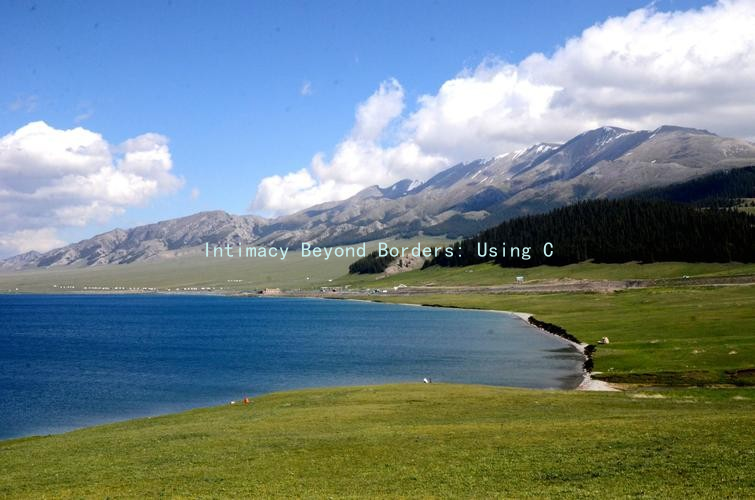Intimacy Beyond Borders: Using Cultural Symbols to Connect in Relationships
Intimacy Beyond Borders: Using Cultural Symbols to Connect in Relationships
In the era of globalization, relationships often transcend geographical boundaries, bringing individuals from diverse backgrounds together. This cultural amalgamation presents unique opportunities and challenges for couples. One powerful tool to bridge these differences is the use of cultural symbols. By understanding and incorporating these symbols into communication, partners can foster deeper intimacy and connection.
Cultural symbols are representations that carry particular meanings within a specific culture. These may include food, clothing, music, traditions, or even gestures. Recognizing and respecting these symbols can enhance the emotional bond between partners, making communication more nuanced and meaningful.
Firstly, sharing cultural experiences can serve as a catalyst for intimacy. When one partner introduces the other to their cultural traditions, it creates a sense of belonging and appreciation. For instance, cooking a traditional meal together can evoke nostalgia and create a shared experience that deepens the relationship. Discussing the significance of certain dishes or cooking techniques can lead to conversations about family histories and values, offering insights into each other’s backgrounds.
Moreover, understanding cultural symbols can help navigate potential misunderstandings. Misinterpretations often arise when one partner is unaware of the significance behind a gesture or tradition. For example, in some cultures, direct eye contact signifies confidence, while in others, it may be seen as disrespectful. By openly discussing these differences, couples can prevent conflicts and develop effective communication strategies. This openness fosters trust and reinforces emotional safety, crucial elements for any intimate relationship.

Additionally, incorporating elements from each partners culture can enrich the relationship. Celebrating festivals together, participating in rituals, or even adopting cultural practices can create a unique blend of traditions that reflect both partners’ identities. This engagement cultivates mutual respect and encourages partners to view their relationship as a fusion of cultures rather than a compromise of identities.
Furthermore, cultural symbols can enhance romantic expressions. Each culture has its own way of expressing love and affection. Understanding these expressions can help partners communicate their feelings more effectively. For example, while one culture may prioritize verbal affirmations, another may express love through acts of service. Recognizing and embracing these differences can lead to a more fulfilling connection. By integrating varied expressions of love, couples can enrich their emotional language, making their bond stronger.
Its also worth noting the role of cultural narratives in shaping individuals’ views on relationships. Stories, folklore, and even popular media play a significant role in defining societal norms around love and commitment. By exchanging personal stories that reference cultural icons or traditions, partners can foster empathy and understanding. This exchange can unveil common values and beliefs, creating a solid foundation for trust.
In conclusion, the appreciation and incorporation of cultural symbols can significantly enhance intimacy in multicultural relationships. By sharing experiences, navigating differences, enriching traditions, and expressing love through diverse lenses, partners can build deeper connections that honor their unique backgrounds. As the world continues to evolve, embracing these differences is not just beneficial for relationships but essential for fostering understanding and harmony in our increasingly interconnected lives.





